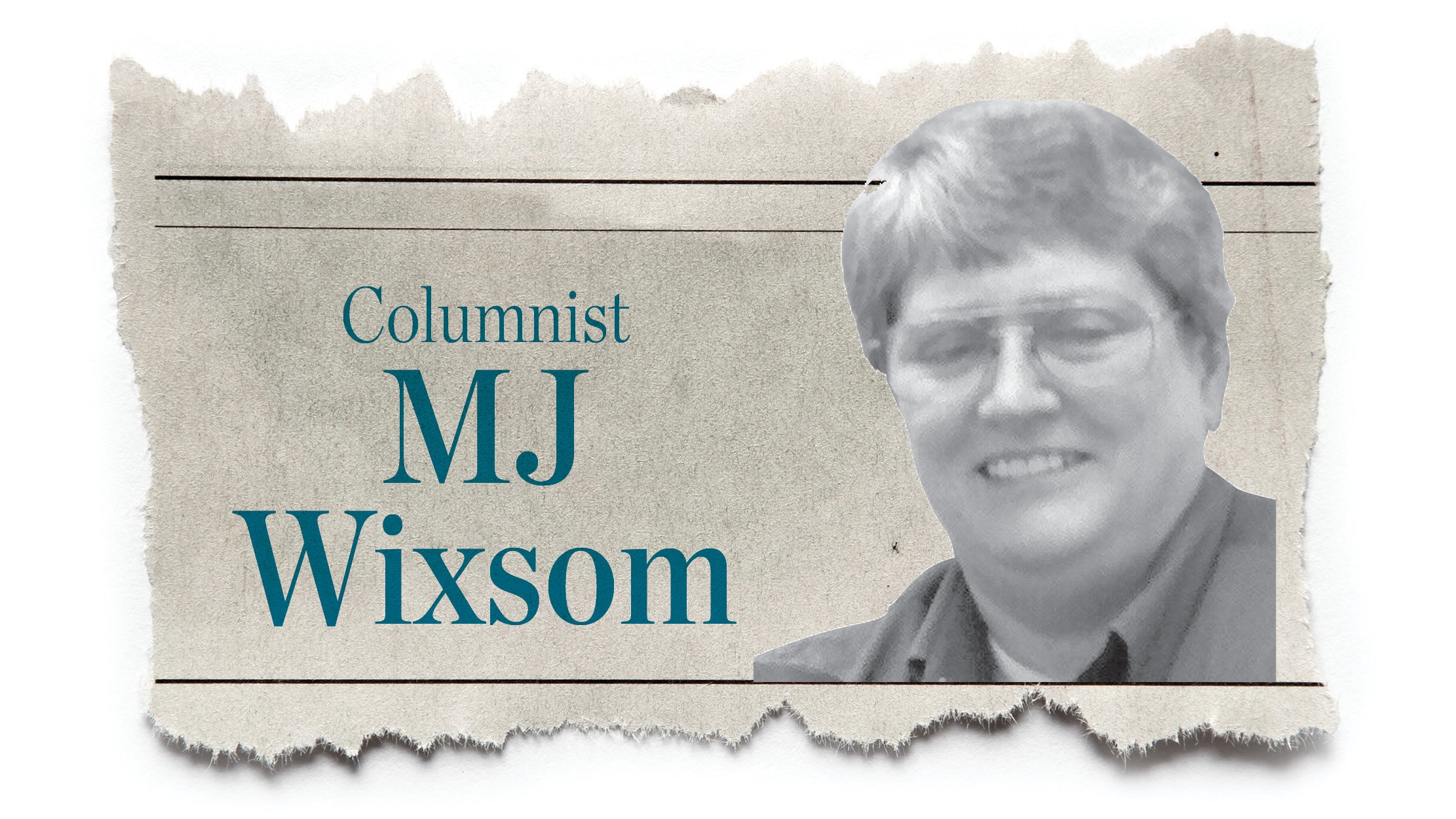Decision coming on Portsmouth bypass route
Published 12:00 am Thursday, July 6, 2000
PORTSMOUTH – Ohio Department of Transportation officials say a decision on a Portsmouth bypass route could come as early as this fall.
Thursday, July 06, 2000
PORTSMOUTH – Ohio Department of Transportation officials say a decision on a Portsmouth bypass route could come as early as this fall.
"During the next phase of the study, we will conduct an environmental assessment process to the alternative route or routes," ODOT spokesperson Holly Snedecor-Gray said. "That process is expected to take approximately three years to complete. At the earliest, we hope to make a bypass decision this fall, with construction beginning in 2005."
ODOT District 9 is continuing the first phase of study for developing bypass. Officials recently held a meeting at Shawnee State University to propose routes for the possible bypass.
About 130 residents attended the public meeting in efforts to learn and express their opinions concerning the preliminary results of the study being conducted, Mrs. Snedecor-Gray said.
"The Portsmouth Transportation Study is a two-year study of traffic and economic issues in and around the Portsmouth area," she said. "This is the first phase of the study that is to identify potential transportation improvements that could best serve the transportation and economic development needs of that area."
The transportation improvement study has identified four potential bypass corridors to improve transportation and economic development needs of the area and two proposals to upgrade existing roads to five lanes.
The proposals presented to motorists included a freeway route from Lucasville to Minford to Wheelersburg; a route beginning about two miles north of Rosemount extending to immediately east of New Boston; a bypass immediately outside the built-up areas of Portsmouth – near Rosemount Road and Ohio 335 – extending across the Ohio River to U.S. 23 in South Shore, Ky.; and a connection from U.S. 23 to the existing four lanes of Ohio 73, Mrs. Snedecor-Gray said.
During the meeting, ODOT engineers and architects were available to present information that was gathered during the first year of the study – and to answer the questions of concerned residents.
"The study included traffic counts, surveys to determine existing travel patterns and accident history assessments," Mrs. Snedecor-Gray said. " The study also includes an examination of existing economic conditions in connection with potential growth in the economy."
She said the study has revealed that:
– Motorist use six different routes to pass through and around the Portsmouth area.
– Travel time for "through" traffic is faster on other available routes than U.S. 23 and U.S. 52 through Portsmouth.
– Traffic congestion exists at some locations, but it is not a major problem within the area. If all the traffic were using U.S. 23/U.S. 52, daily traffic congestion would occur.
– Each alternative "through" route has at least one segment with an accident rate higher than the statewide average.
– The 24.6-mile section of existing U.S. 23 and U.S. 52 within the study area contains 88 intersections, 30 traffic signals and 512 driveways. More than one-third of this length is reduced to 35 miles per hour.
– Scioto County regularly logs a higher unemployment rate than the statewide average.


